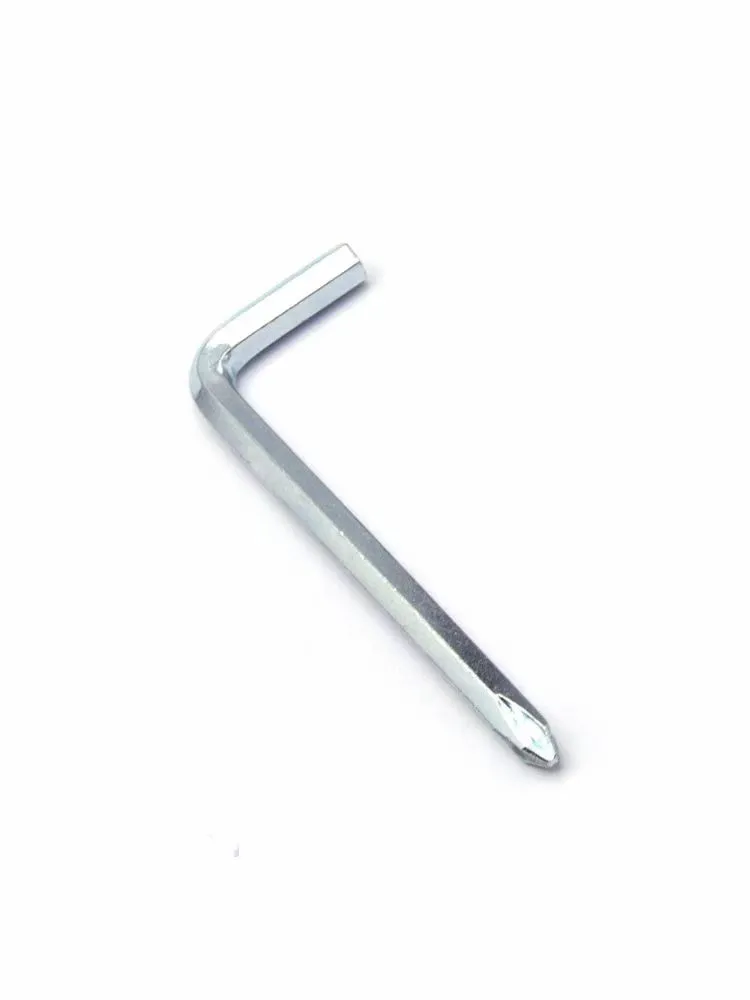

Understanding the Function and Use of Spring Washers in Mechanical Applications
Nov . 26, 2024 22:06 Back to list
Understanding the Function and Use of Spring Washers in Mechanical Applications
Understanding Washer and Spring Washer Essential Components in Mechanical Engineering
In the realm of mechanical engineering, fastening systems play a pivotal role in ensuring the integrity and reliability of assembled components. Among these system components, washers and spring washers are prevalent and crucial in various applications. Understanding their functions, types, and advantages can significantly enhance the effectiveness of projects in which they are employed.
What is a Washer?
A washer is a flat, disc-shaped component that is often used in conjunction with a nut and bolt. Typically made from materials like metal, plastic, or rubber, washers serve multiple purposes
1. Load Distribution Washers help distribute the load over a larger surface area, reducing the risk of damage to the materials being fastened. This is particularly important when working with softer materials that could be easily deformed.
2. Vibration Dampening By providing a cushion between two surfaces, washers can help absorb vibrations that may occur during operation, which enhances the longevity of the assembly.
3. Sealing Certain types of washers, known as sealing washers, are designed to prevent leakage of fluids or gases. These are often utilized in plumbing and automotive applications.
4. Prevention of Loosening Washers can also aid in preventing nuts and bolts from loosening over time, especially in applications that experience frequent movement or vibration.
Types of Washers
There are several types of washers, each tailored for specific applications. Some of the most common include
- Flat Washers The most basic type, used mainly for load distribution. - Lock Washers Designed to prevent loosening; they come in various forms, including split and tooth lock washers. - Sealing Washers Made from materials that provide a tight seal, preventing leaks. - Belleville Washers Spring washers that provide a consistent loading force, often used in high-stress applications.
Spring Washers A Closer Look
washer spring washer

Spring washers are a subset of washers designed to exert a constant pressure between the components they connect. These washers are specifically crafted with a spring-like profile, which allows them to compress and expand as necessary. Their main functions include
1. Compensating for Tolerances When assembling components with varying tolerances, spring washers can accommodate slight variations in height, ensuring a snug fit.
2. Maintaining Tension In applications subject to vibration or dynamic loads, spring washers maintain tension in the joint, preventing bolts from loosening over time.
3. Absorbing Shock The elastic properties of spring washers enable them to absorb shock loads, providing additional protection to the fastened assembly.
Types of Spring Washers
There are several types of spring washers, each with unique properties
- Flat Spring Washers These provide a small amount of flexibility and are used in standard applications. - Conical Spring Washers Known for their ability to handle more significant loads and maintain tension. - Wave Washers Improves contact area and is effective in applications with space restrictions.
Advantages of Using Washers and Spring Washers
Incorporating washers and spring washers into mechanical designs provides a range of benefits
- Increased Reliability By preventing loosening and providing load distribution, these components enhance the overall reliability of mechanical assemblies. - Cost-Effectiveness The use of washers may help avoid costly repairs or replacements by extending the life of fastened joints. - Versatility Washers come in various sizes and materials, allowing them to be customized for specific needs across different industries.
Conclusion
Washers and spring washers are indispensable components in mechanical engineering, providing essential support in fastening systems. By understanding their functions, benefits, and various types, engineers and technicians can make informed choices that enhance the performance and durability of their projects. As technology continues to advance, the role of these seemingly simple components becomes increasingly significant in ensuring the success of complex assemblies. Whether in automotive, aerospace, or industrial applications, the importance of washers and spring washers cannot be overstated.
Latest news
-
High-Strength Hot Dip Galvanized Bolts - Hebei Longze | Corrosion Resistance, Customization
NewsJul.30,2025
-
Hot Dip Galvanized Bolts-Hebei Longze|Corrosion Resistance&High Strength
NewsJul.30,2025
-
High-Strength Hot-Dip Galvanized Bolts-Hebei Longze|Corrosion Resistance&High Strength
NewsJul.30,2025
-
Hot Dip Galvanized Bolts-Hebei Longze|Corrosion Resistance&High Strength
NewsJul.30,2025
-
Hot Dip Galvanized Bolts - Hebei Longze | Corrosion Resistance, High Strength
NewsJul.30,2025
-
High-Strength Hot Dip Galvanized Bolts-Hebei Longze|Corrosion Resistance, Grade 8.8
NewsJul.30,2025

